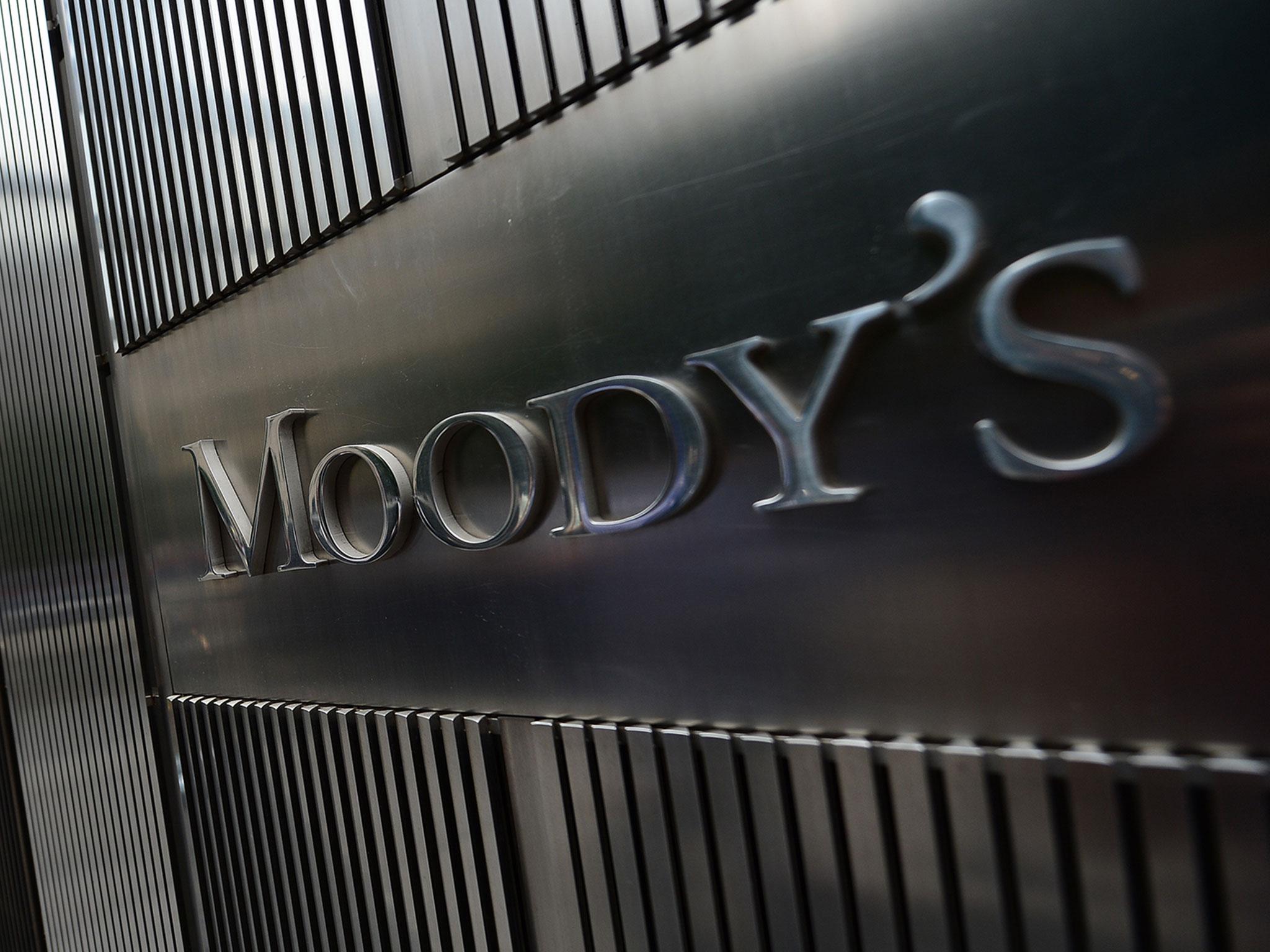(Brief) London, 09 June 2017 — Moody’s Investors Service today downgraded the long-term issuer and senior unsecured ratings of the Government of South Africa to Baa3 from Baa2 as well as the senior unsecured Shelf and MTN program ratings to (P)Baa3 from (P)Baa2, and assigned a negative outlook. The government’s senior unsecured short-term program rating was also downgraded to (P)P-3 from (P)P-2. The rating actions conclude the review for downgrade that commenced on 3 April 2017.
The key drivers for the downgrade are:
1) the weakening of South Africa’s institutional framework;
2) reduced growth prospects reflecting policy uncertainty and slower progress with structural reforms; and
3) the continued erosion of fiscal strength due to rising public debt and contingent liabilities
The Baa3 rating recognizes a number of important strengths that continue to support South Africa’s creditworthiness. However, the negative outlook reflects the continued downside risks for growth and fiscal consolidation associated with the political outlook. Over the medium-term, economic and fiscal strength will remain sensitive to investor confidence and hence uncertainty surrounding political developments, including prospects for structural reforms intended to raise potential growth and flexibility in fiscal expenditures.
RATIONALE FOR DOWNGRADING TO Baa3
The downgrade reflects Moody’s view that recent political developments suggest a weakening of the country’s institutional strength which casts doubt over the strength and sustainability of the recovery in growth and the stabilization of the debt-to-GDP ratio over the near-term.
First driver — evidence of systemic weakening of the institutional framework
The first driver for the downgrade is Moody’s view that South Africa’s institutional strength, the second factor in our rating methodology, has eroded.
The independence and strength of key institutions such as the judiciary, the Reserve Bank and the National Treasury are a key support in Moody’s assessment of South Africa’s credit profile, through ensuring the continuity of a predictable, credit-supportive policy environment. Moody’s has taken comfort from the manifest commitment of the country’s policy institutions to achieving a broad program of structural reforms through cooperation between government, labour, and business, while at the same time maintaining rigorous adherence to fiscal spending ceilings and embarking on reforms of state-owned enterprises.
However, recent events, particularly but not exclusively the abrupt March Cabinet reshuffle, illustrate a gradual erosion of institutional strength. The institutional framework has become less transparent, effective and predictable, and policymakers’ commitment to previously-articulated reform objectives is less certain.
Second driver — reduced growth prospects
As a consequence, Moody’s views the underlying political dynamics which led to the March cabinet reshuffle as posing a threat to near- and medium-term real GDP growth.
Uncertainty over near- and medium-term policy priorities has damaged investor confidence, reducing investment in South Africa’s economy which fell by 3.9% in 2016 and is projected to remain subdued in 2017. Investment levels are likely to remain weak until a more stable policy environment emerges.
Medium-term growth will additionally be constrained by mixed progress with structural reforms, including delays in the implementation of reforms in the mining sector, in the governance of state-owned enterprises, and in the elimination of barriers to competition in key network sectors. With the economy already recording two consecutive quarters of contraction prior to the cabinet reshuffle, Moody’s forecasts growth below 1% in 2017 and 1.5% in 2018, with stagnating investment reducing medium-term (and potential) growth as well.
Third driver — continued erosion of fiscal strength
Lower levels of growth and heightened uncertainty about policy direction and policymakers’ commitment to structural reforms have increased the risk of a weakening of the government balance sheet.
In Moody’s view, lower than expected growth will further delay the stabilization of South Africa’s debt-to-GDP ratio. Instead of stabilizing in 2018/19 Moody’s now expects the debt burden will reach about 55% of GDP that year and continue to rise gradually afterwards. While the National Treasury has reiterated its commitment to expenditure ceilings, pressures to raise public wages will again rise in the next fiscal year as the end of the current three-year agreement will open room for new negotiations. Underperformance on revenue collection is another risk.
Furthermore, contingent liabilities linked to state-owned enterprises continue to pose a tail risk to the country’s fiscal strength. Operational inefficiencies, weak corporate governance, and poor procurement practices persist in SOEs, with government guarantees extended to SOEs rising. This has also increased the likelihood of contingent liabilities crystalizing on the government’s balance sheet. Pressures to further extend guarantees and utilize procurement practices to advance political objectives are sources of additional potential risk.
RATIONALE FOR THE Baa3 RATING
South Africa maintains a number of credit strengths that support its Baa3 rating. These include deep domestic financial markets and a well-capitalized banking sector; a well-developed macroeconomic framework; and low foreign currency debt. Moreover, deterioration in the factors driving the downgrade has been gradual. Importantly, adherence to the Constitutionƒ accountability and the rule of law continue to be the key pillars of strength of South Africa’s institutions, with South Africa’s institutions on balance still stronger than those of emerging market peers.
RATIONALE FOR ASSIGNING A NEGATIVE OUTLOOK
The negative outlook reflects Moody’s view that the risks to growth and fiscal strength arising from the political outlook are tilted to the downside. It is unlikely that a political consensus will emerge which supports investment in the economy and reinvigorates the reform effort sufficiently quickly to reverse the expected negative impact on growth and on the government’s balance sheet. The opposite scenario, of heightened political dysfunction, continued gradual institutional weakening and diminished clarity over policy objectives, has a higher likelihood.
Source: Moody’s




